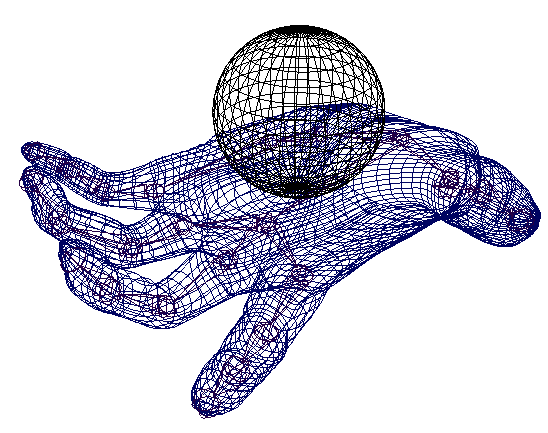A geometry constraint restricts an object to a NURBS surface, NURBS curve, or polygonal surface (mesh). If you also want the constrained object to orient itself to the surface of the target object(s), use a normal constraint. For more information on normal constraints, see Normal constraints.
See Create a geometry constraint and Constrain > Geometry.

The target point is the position of the target object’s nearest surface location. If there is more than one target object, the target point is the average position of the nearest surface locations of all the target objects. If you are using more than one target object, you can vary the influence of each target object on the calculation of the target point. The target point can be a weighted average of the nearest surface locations of the target objects, with some target objects having more influence than others. The influence of target objects on the weighted average is specified by target object weights.
Motion history dependence refers to how an object can provide different motion effects in situations that are identical except that the object has been previously manipulated or animated.
For instance, when you animate an object and run the animation in a loop, if the object ends up moving in slightly different ways at the same frame in each loop, the object is motion history dependent. At a certain frame, the object may be oriented differently depending on its previous orientations. In contrast, if the object moves in exactly the same way during each loop, then the object is motion history independent.
Objects constrained by geometry constraints are motion history dependent. That means that the end result of a constrained object’s animation depends on where the object started.
You can create a point constraint for an object that is already constrained by a geometry constraint. The constrained object’s position will be the point on the target object’s surface that is closest to the point constraint’s target point.
For more information on point constraints, see Point constraints.
 Except where otherwise noted, this work is licensed under a Creative Commons Attribution-NonCommercial-ShareAlike 3.0 Unported License
Except where otherwise noted, this work is licensed under a Creative Commons Attribution-NonCommercial-ShareAlike 3.0 Unported License